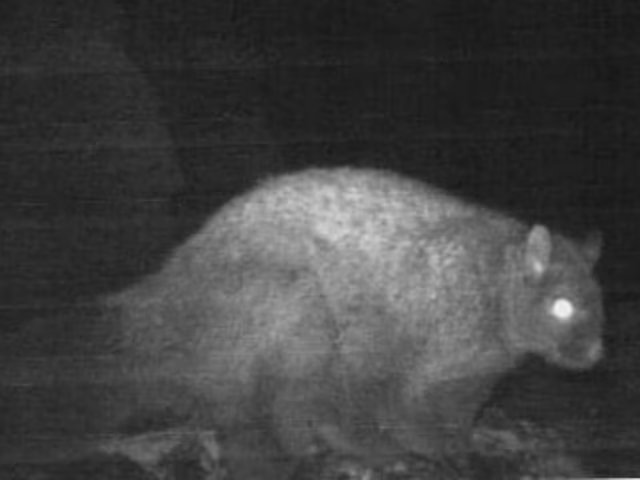In a discovery that’s thrilling wildlife lovers and conservationists alike, a rare mammal believed to have vanished 70 years ago has made a stunning reappearance — and that too, mid-flight!
The woolly flying squirrel (Eupetaurus cinereus), once feared extinct in Himachal Pradesh, has been photographed for the very first time in the state’s remote Miyar Valley in the Lahaul and Spiti district. This momentous find comes after a camera trap survey conducted between October and December 2024 by the Wildlife Division of the Forest Department in collaboration with the Nature Conservation Foundation (NCF).
The woolly flying squirrel was last reported in Himachal over seven decades ago. Though a sighting occurred in 1994, this is the first time it has been officially captured on camera, bringing it back into the spotlight as a crucial part of the state’s mammalian biodiversity.
A Forest Department spokesperson called the rediscovery “a breakthrough for biodiversity conservation,” noting that it affirms the Miyar Valley’s rich, high-mountain ecosystem, which continues to shelter rare and elusive species.
The survey was part of the Snow Leopard Population Assessment in India (SPAI) initiative. 62 high-sensitivity camera traps were placed across the region, braving rough weather and rugged terrain.
The real heroes behind the lens are trained youth from Kibber village in Spiti, who’ve been working with conservation teams since 2010. Their deep knowledge of local wildlife and terrain played a pivotal role. A dedicated wildlife activist from Lahaul also joined them.
The woolly flying squirrel wasn’t the only star of the survey. Camera traps also captured snow leopards, red foxes, Himalayan wolves, and mongooses — all thriving just above the tree line, in rocky alpine zones.
These sightings are a strong indicator of the ecological health of the Miyar Valley and underscore the importance of protecting such high-altitude habitats.
Experts hope this rare find will spark more scientific research and conservation work in the region. “This success shows what’s possible when science and local communities come together,” said the Forest Department, stressing that such discoveries are vital reminders of the fragile yet rich biodiversity of the Himalayas, and the urgent need to protect it.































